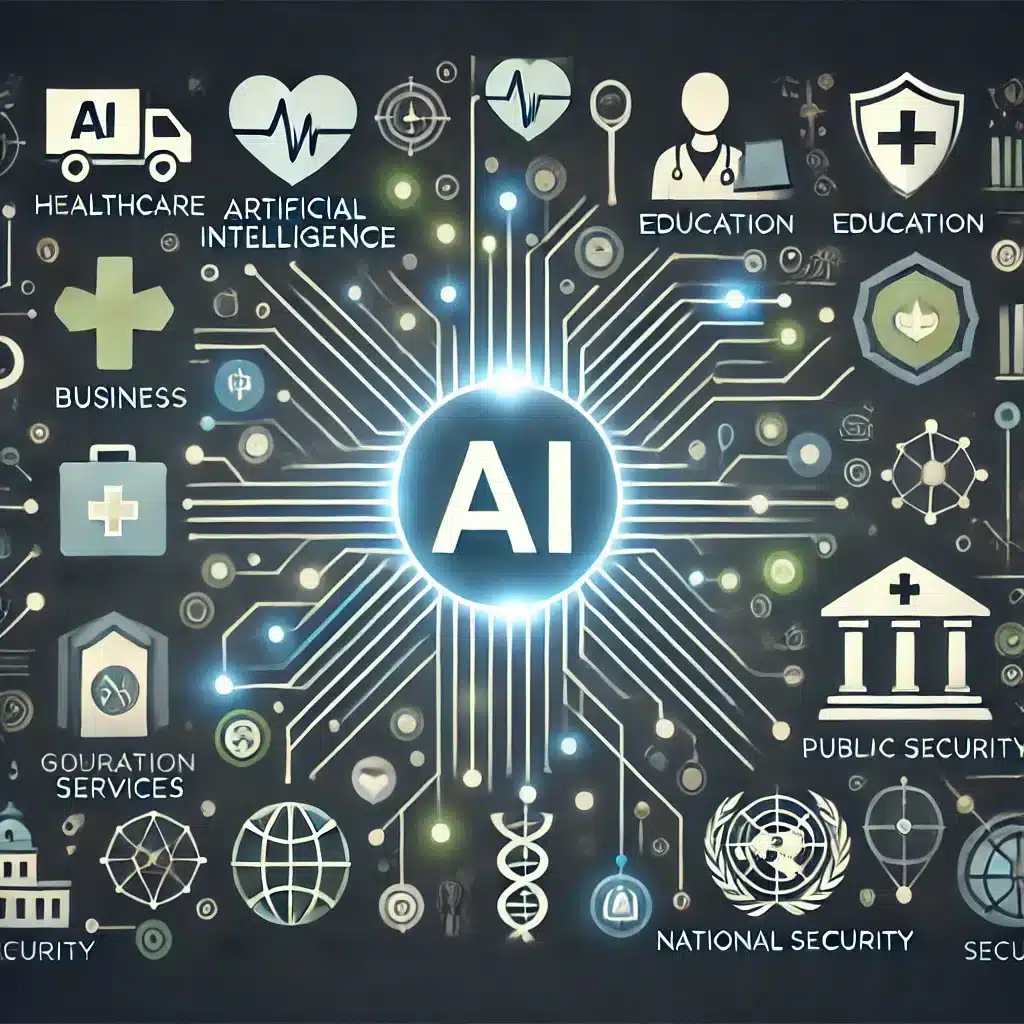The Impact of AI in Creative Advertising
AI in advertising is revolutionizing creative advertising strategies. The marketing landscape is shifting dramatically, bringing both opportunities and challenges. Coca-Cola’s AI-generated holiday ad stirred conversations as it tried to merge nostalgia with modernity. However, consumers felt something was amiss. The emotional connection wasn’t quite there, sparking discussions about the “soul” in digital content.
AI’s Role in Enhancing Creativity
Generative AI offers unique possibilities for creativity. It allows brands to scale production, ensuring precision and relevance. Significantly, this advancement has the potential to increase productivity by up to 15% globally. Yet, these benefits hinge on addressing certain critical areas.
However, not all that glitters is gold. The technology still operates largely on assembly line principles, which can lead to the creation of homogeneous content. For instance, using generic stock suggestions can cause ads to look strikingly similar.
Challenges in Creating Distinctive Content
The main challenge lies in promoting uniqueness. Furthermore, generative AI often struggles to stand out, especially when multiple brands use similar creative elements. Consequently, this can lead to lower performance, where ads fail to capture attention, resulting in diminished brand recall and customer loyalty.
AI and Data Integration
The journey towards optimized content is evolving. Recent trends show that integrating a broader range of data sources provides nuanced ad production. By analyzing audience reactions to specific creative elements, AI becomes smarter and more effective.
The integration of creative data into marketing platforms is the key. Therefore, it ensures ads are not only visually appealing but also effective in meeting performance goals. In conclusion, this data-driven AI results in optimized and resonant content, keeping the advertising wheel turning efficiently.
Collaboration for Optimal Results
AI’s potential in advertising can be fully realized only through collaboration. Feeding AI with high-quality and relevant data allows it to craft personalized, impactful ads. This cooperative approach is essential in transforming basic AI tools into sustainable competitive advantages.
Ultimately, AI in advertising is paving the way for a dynamic future. Navigating this terrain requires staying informed and leveraging technology wisely. Above all, the power of AI, when harnessed effectively, can unlock unprecedented creativity.



